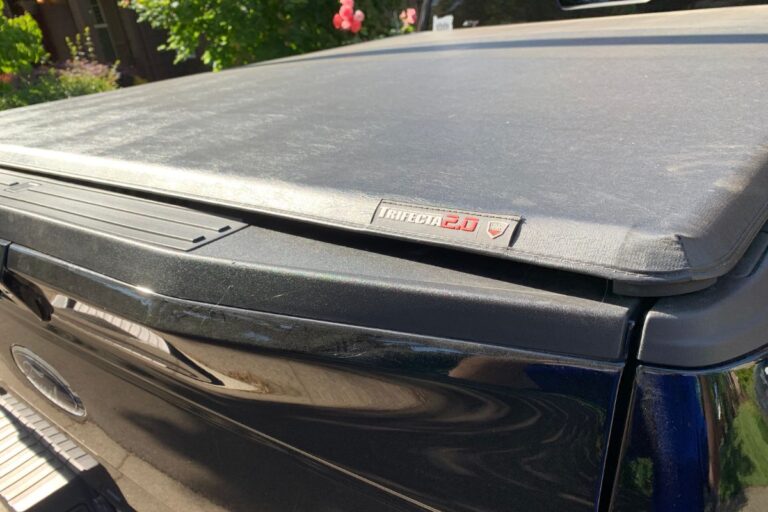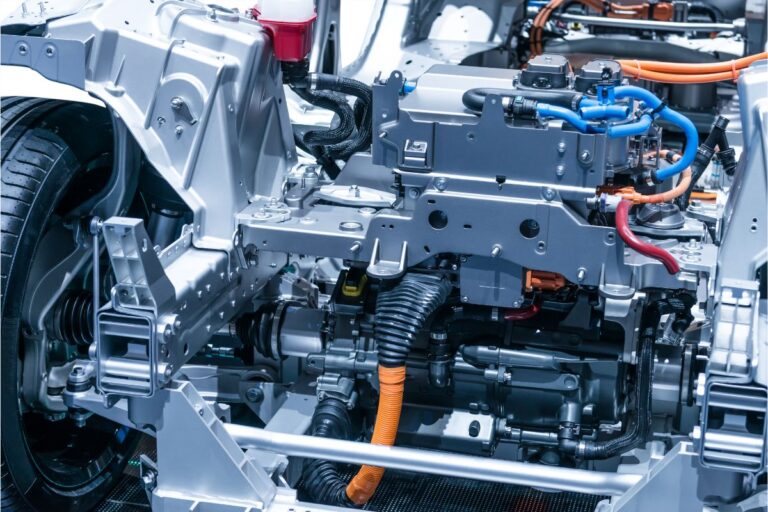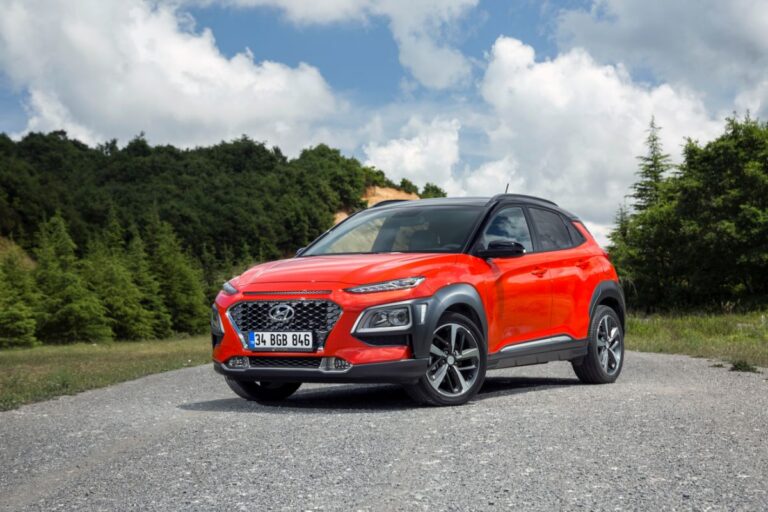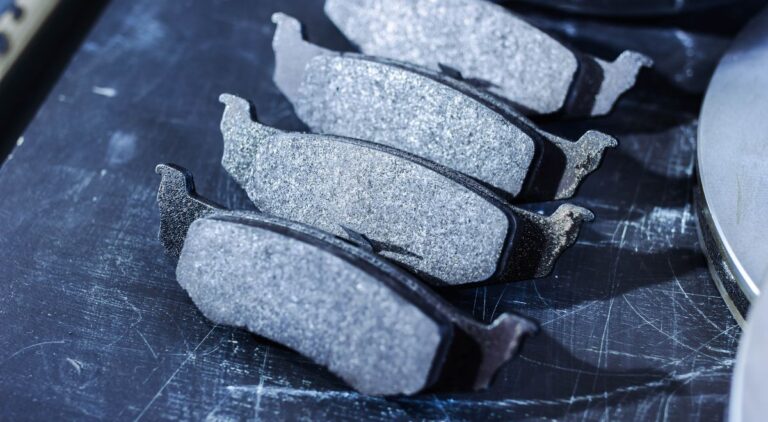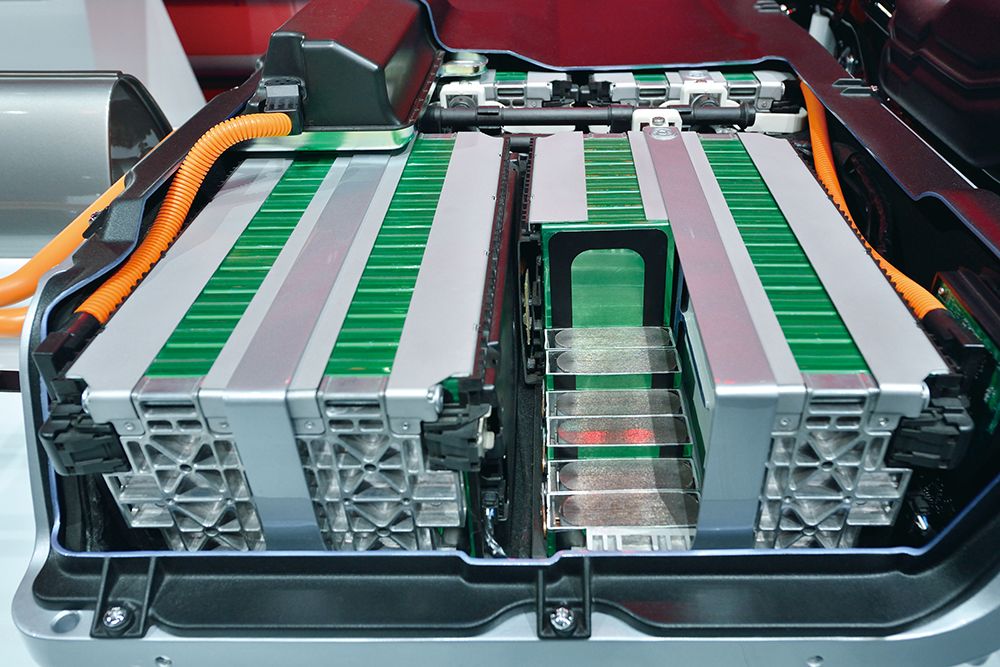
Drivers of both gasoline-powered, as well as electric cars, wonder at the heavy battery in electric vehicles. What they don’t think about is the materials of which they’re made or the technology that goes into them.
There are two main types of EV batteries: the lithium-ion battery commonly found in smartphones and laptops, and the nickel-metal hydride batteries found in hybrid cars.
These require gasoline to recharge the battery when it’s flat. All electric vehicles or EVs use lithium-ion batteries.
The technology mainly consists of prolonging battery life. The snag to that is the relative ease of mining or the rarity of the materials being mined making up the battery.
The tech giants are working non-stop to devise EV batteries without temperature fluctuations as well as with faster charging times. Here are the details of the materials and technology found in EV batteries.
The Basics Of EV Batteries

Every EV battery is made up of cells, modules, and a pack:
• The cell is where the electrical energy is generated between cathode, anode, separator, and electrolyte in a case made of aluminum
• The module holds several cells purely to protect them from outside gyrations or heat
• The pack or battery pack holds the modules that hold the cells, overseen by a battery management system or BMS, a thermal system to keep the whole thing cool, in addition to other control mechanisms.
Materials Making Up These Components
L-ion batteries use a lot (a lot) of cobalt, which is rare and so far only located in China and the Congo, nickel, copper, lithium, insulation materials, and thermal materials at the cell level.
Some of these, such as cobalt, are prohibitively expensive, so manufacturers are devising means of making cells using cheaper materials such as silicon, manganese, iron, lithium, polyvinylidene fluoride, or PVDF, aluminum, copper, cobalt, and carbon black.
Related Technologies
Manufacturers are working to develop solid-state EV batteries as well as utilize fuel cell technology in future EV batteries.
One maker uses ceramic and/or other solid electrolytes to control energy density in addition to lightning-fast recharging capability.
Another manufacturer is working on an iron-sulfur combination, while Samsung is said to be devising a solid-state battery using a silver-carbon anode.
Hydrogen is of major importance in the fuel cell department, but scientists haven’t been able to construct a reasonable hydrogen fuel cell yet.
However, technology exists that will isolate, generate, store, and ship hydrogen. It will take some time; meanwhile, an equally important technology development is wireless battery management using WiFi instead of copper wiring.
Alternatives To The Lithium-Ion EV Battery
The goal of the electric car was to give motorists an alternative to fossil-fuel-powered cars. EVs are sustainable and better for the environment.
However, mining the materials used in L-Ion batteries is not better for the environment. Additionally, the price of today’s EV batteries isn’t cheap. What’s the answer?
1. Lithium-sulfur Batteries

Sulfur is an abundant element found in the Earth’s crust, the oceans, volcanoes, hot springs, and in just about all plant and animal life, as well as in the atmosphere.
The use of the element promises cheaper batteries at little environmental cost.
When sulfur adjoins lithium, it produces a by-product that in turn produces a higher energy density. It took five years for the Department of Chemistry at Shiv Nadar University to develop the technology to produce Li-S batteries.
It did, using clove oil, cardanol ( part of cashew nut processing,) agricultural waste, and sulfur from the petroleum field. The Li-S battery will be used in drones, EVs, and other electrical products.
2. Zinc-Ion Batteries
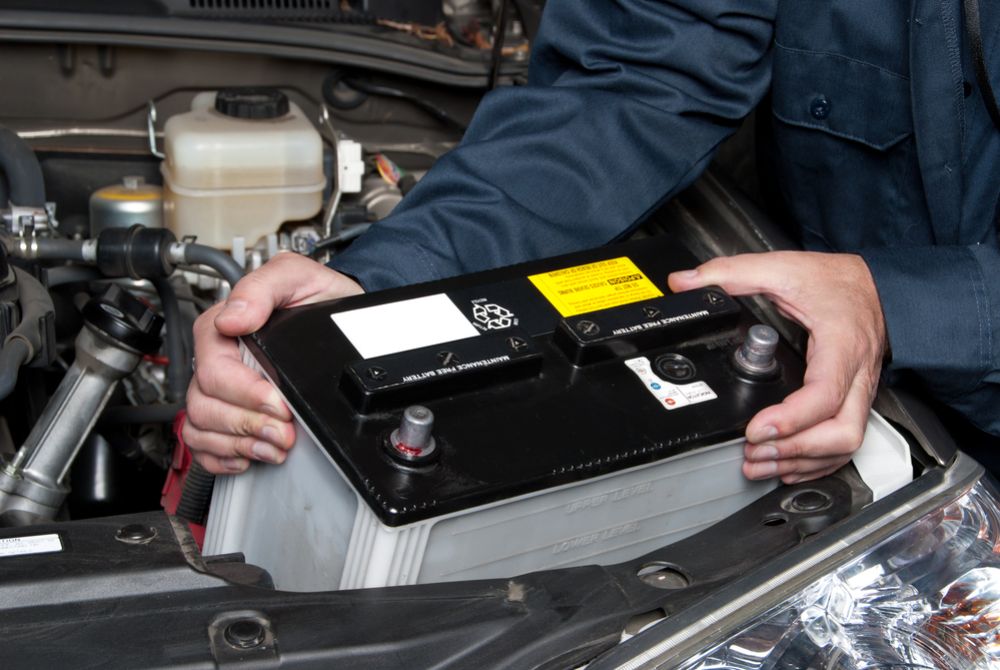
Chinese scientists at Zhejiang University along with the Chinese Academy of Sciences have devised a zinc anode tin coating.
It increases the life and stability of zinc-ion batteries due to a water-based electrolyte. This promises to be a cheap and safe alternative to L-Ion batteries.
3. Aluminum-Air Batteries
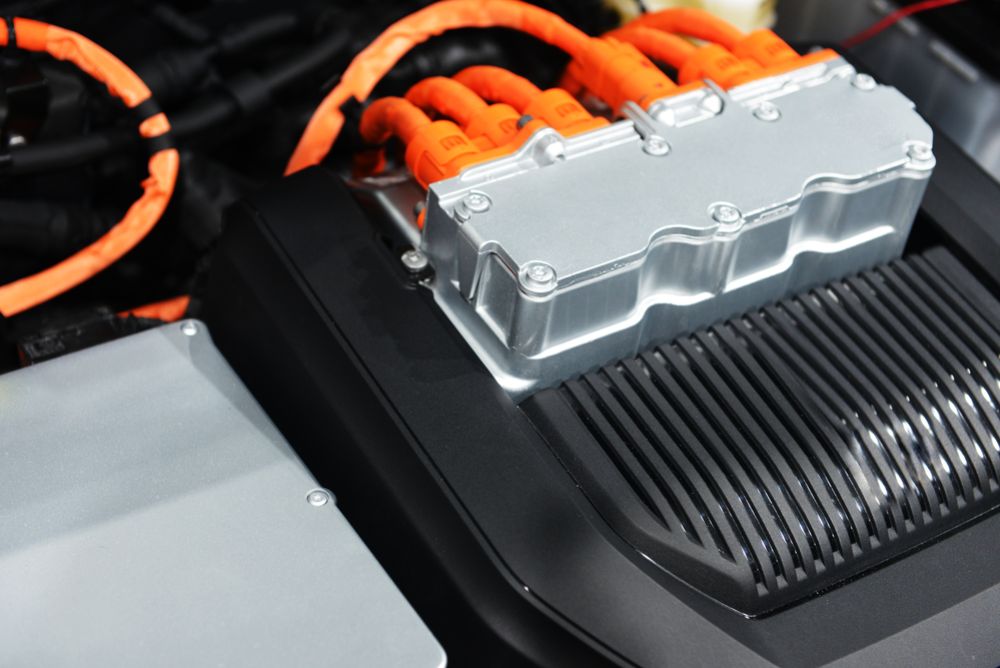
Aluminum is the cathode with air or oxygen the anode. The electricity is produced by the interaction of oxygen with aluminum.
The result is a lightweight energy density as opposed to the weight of the battery. You recharge it by refilling the unit with water.
What’s The Future For EV Batteries?
Right now, L-Ion batteries are produced in Asia to the tune of 70 percent in China and the rest in Asia. The production infrastructure has been in Asia for upwards of 30 years.
So, you have both European as well as burgeoning American demand for L-Ion batteries that are straining Asia’s production capacity. Here’s why:
• In 2020, European demand for batteries overwhelmed the region’s ability to produce them.
• In 2021, there were over two million EVs on American roads.
• The Department of Energy tells us that between 2008 and 2020, the price of L-Ion batteries declined. A battery costing $7,500 in 1991 now costs $100 just 30 years later. The projected cost of L-Ion batteries by 2030 is just $58.
• Producers like Tesla are making batteries using alternative materials that are cheaper to make, with less energy density, and that provide more get up and go for longer periods of time and/or mileage.
• As the range of EVs continues to grow, more and more motorists are buying electric cars. The industry is researching and developing batteries that will further increase the range of EVs.

